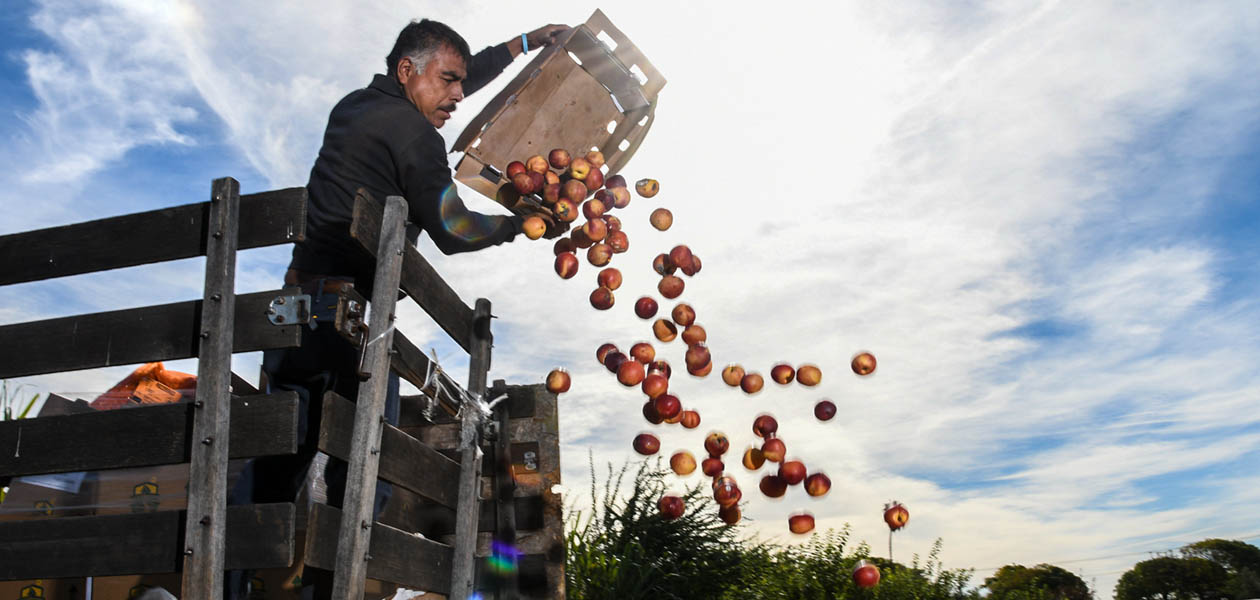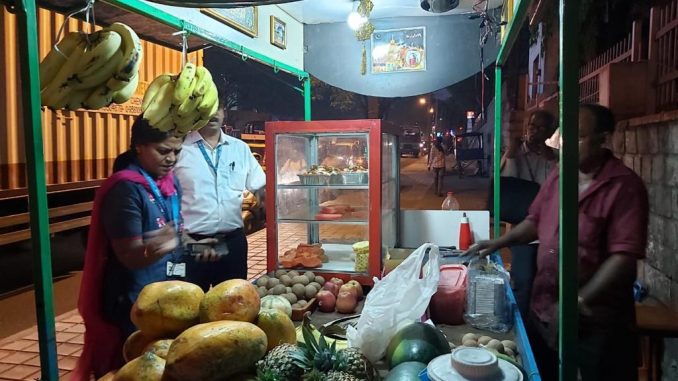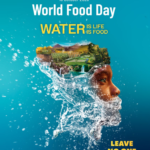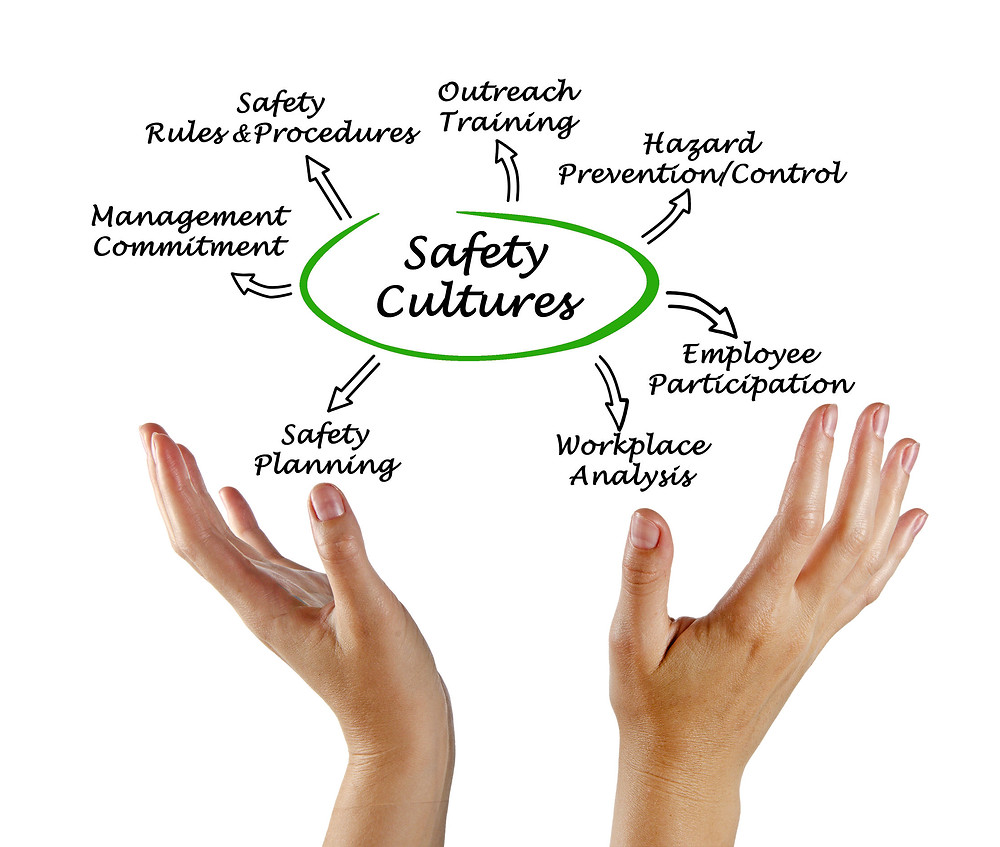Currently Empty: ₹0.00
Food Security: Do we have the answer?
Food security, as defined by the United Nations Committee on World Food Security, means that all people, at all times, have physical, social, and economic access to sufficient, safe, and nutritious food that meets their food preferences and dietary needs for an active and healthy life.
World Food Day is celebrated every year on October 16th. The pandemic, ongoing international conflicts, continuous global warming, rising prices has aggravated the already existing danger to food security. As the theme of the World Food Day says, we need to build a sustainable world where everyone, everywhere has regular access to enough nutritious food. No one should be left behind.
Food insecurity in simple terms is the non-availability of food which may be a long-term issue or a temporary problem. Have you ever given thought to this issue becoming a permanent problem that will haunt us in the future? There can be many factors contributing to food scarcity every year.
According to UN reports, an estimated 820 million people did not have enough to eat in 2018, up from 811 million in the previous year, which is the third year of increase in a row. How can we tackle the situation? The UN has initiated a zero hunger program to reduce world hunger and malnutrition in all its forms by the end of 2030.
The unpredictable climatic changes and the spread of pandemics have a direct impact on agriculture resulting in either less produce or the failure to deliver sufficient produce to the needy. So as of now, achieving the goal of zero hunger seems a little strenuous.
To meet the food and nutrition challenges of today, what we eat and how we produce it needs to be re-assessed. To deal with the scarcity of food we need to find new ways of growing food.
Now, this is where technology and food come together in the scene for innovations.
- Edible insects
“Two crockett soup and one plate of fried superworms” Please.

The order may sound strange but this is definitely what the food of the future may look like.Edible insects have always been a part of human diets. Even today in many countries it is considered a delicacy. But in many dominant food cultures, there is still a distaste for their consumption.
The U.N. Food and Agriculture Organization reports that there are more than 1,900 edible insect species on Earth, hundreds of which are already part of the diet in many countries.
The edible insect industry might provide an environmentally sound alternative. Insects are packed with proteins, amino acids, vitamins, iron, and other minerals equal to or greater than that of meats.Realizing this fact, in the past few years, a number of start-ups came up with the idea of consuming bugs as snacks by incorporating them into protein bars and other products.
According to the research firm, Global Market Insights, the American market for edible insects exceeded $55million in 2017 and is projected to increase more than 43 percent by 2024. There will still be a squirming reaction towards the idea of a mouthful of bugs but one thing is for sure “Insects are undoubtedly the wonder food of the future!”
2. Better ways to produce meat
It was found in a study that over 30% of the world’s cereal harvest is consumed by farm animals who need approximately 16 pounds of grains for every pound of meat they produce. Moreover, another study reports that our world consumes 55 million animals yearly.These two different studies point out a common problem of unavailability of sufficient crops as well as not enough meat which finally leads to the actual problem. i.e., food scarcity.
So, considering the amount of space and input used in cattle farming, many came up with the campaign of eating less meat or cutting out meat entirely to reduce the slaughtering and rearing of cattle animals. It is definitely one of the most critical choices we could make on a personal level.
But technology incorporated into the food industries had a better solution to handle this dilemma. i.e., Vegetarian substitute “meat”, and cell-based meat.
The whole idea of meatless meat is not accepted happily by a lot of consumers around the world. That is the reason why the first plant-based meat Protose made from mashed beans, peanut butter, etc. invented in 1889 in the western world did not gain much popularity, mainly due to its blunt taste and the stigma associated with plant-based meat.
So, will the meat be the same without meat? What will a plant-based meat taste like? A plant or meat? There was a whole lot of confusion surrounding this innovation. It only lasted until 2009 when many multinational companies started introducing their plant-based meat to market.
Two leading American companies, Beyond Meat, and Impossible Foods launched their plant-based meat in 2009 and 2011 respectively. The Beyond Meat Burger is produced from a powder made by extracting protein from yellow peas called pea protein isolate, while the Impossible Burger is made of soy, potato protein, and heme. (Heme is a molecule found naturally in living organisms that could make the meat appear to bleed like real meat!)
Markets and Markets estimate that the plant-based meat market is currently valued at $12.1 billion and is expected to reach a value of $27.9 billion by 2025.
Cell-based meat is another trend where the meats are developed in a laboratory using stem cells from actual animals. There are many benefits to this technology and realizing its bloom in the food industry, the USFDA and FDA have developed a joint regulatory framework to accept cell-based meat as conventional meat. What to call cell-based food on labels is yet another topic that is under discussion.


Cultured meat will likely be exposed to the public on a global scale in the coming years, making consumer acceptance of the product an important concern. Research is being done to identify how consumers will accept cultured meat into the market. A study looking at acceptance of cultured meat in China, India, and the USA “found high levels of acceptance of clean meat in the three most populous countries worldwide.
3. Vertical farming
To meet the increasing demand and consumption, food sustainability depends on scaling farming operations and techniques. Climate change makes crop forecasting and management more difficult.
Vertical farming is the practice of growing crops in vertically stacked layers. It often incorporates controlled-environment agriculture, which aims to optimize plant growth, and soilless farming techniques such as hydroponics, aquaponics, and aeroponics.
As per USDA, beyond providing fresh local produce, vertical agriculture could help increase food production and expand agricultural operations as the world’s population is projected to exceed 9 billion by 2050. And by that same year, two out of every three people are expected to live in urban areas.
Growing crops in a controlled environment helps in achieving greater efficiency and maintaining better quality of food by using technology more precisely. Vertical farms tend to use less water and fertilizer and eliminate the need for pesticides.

It is widely accepted that by 2050 the world will host 9 billion people. To accommodate this number, current food production will need to almost double. We need to find new ways of growing food. Vertical farming, Algal industries, etc are enlightening us with the hope for a better tomorrow.






